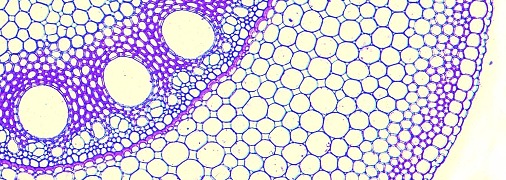Re-oxygenation injury is well-documented for both animal and plant tissues. A highly reduced intracellular environment (including transition metal ions) and low energy supply, such as occurs during soil waterlogging, are the factors which favour ROS generation. Free radicals are formed soon after O2 re-enters, in a so-called oxidative burst. At the same time, activity of most plant antioxidant systems is compromised due to metabolic perturbations caused by the previous period of anoxia or severe hypoxia (Blokhina et al. 2003). Production of ROS upon reaeration might impede ion uptake by roots; H2O2 causes membrane depolarization and K+ efflux (Chen et al. 2007). Recovery of nutrient uptake upon re-aeration following anoxia in roots of wheat showed a short time lag (~ 4 h) before net K+ uptake accelerated. The time lags could have been associated with repair of general metabolism (e.g. lag in recovery of mitochondria), repair of membranes and membrane transporters, or the prevention of damage from ROS.
Recovery of root growth upon drainage is important for crops in rain-fed agriculture, as deep roots will be required to obtain sufficient water from the soil later in the season (e.g. wheat in Mediterranean climates). Seminal roots of wheat cease growing soon after waterlogging, and if waterlogging exceeds several days these roots show little capacity for re-growth upon drainage and soil aeration. Apices of the main axes of the seminal roots typically die, with any regrowth from laterals. Adventitious roots, by contrast, are able to grow in waterlogged soils and retain the potential of the main axes to elongate upon soil aeration. Resumption of growth of adventitious roots following drainage can be fast, so that these roots continue in their importance for future shoot growth. Nevertheless, the adventitious root system could not compensate for the severe inhibition of the seminal roots of wheat. For waterlogging-sensitive crops, even short periods of transient waterlogging can have longer-term adverse effects. In wheat, for example, 3 d waterlogging severely retarded development even in the longer term after drainage (Malik et al. 2002), highlighting the need for improved waterlogging tolerance in our crops.
